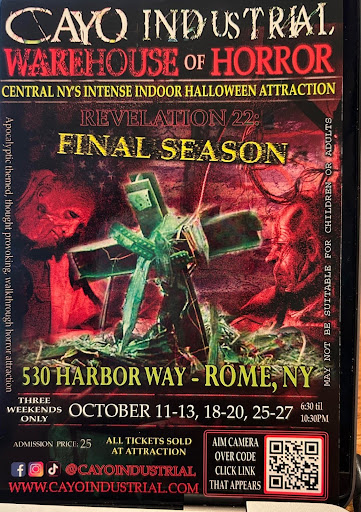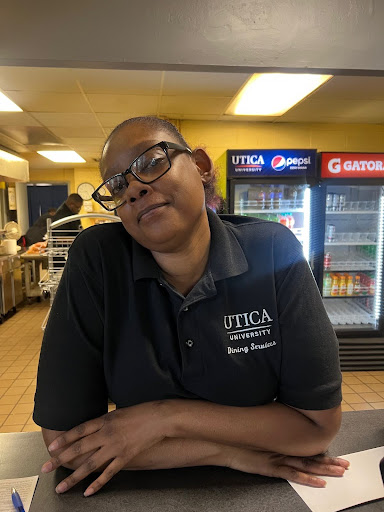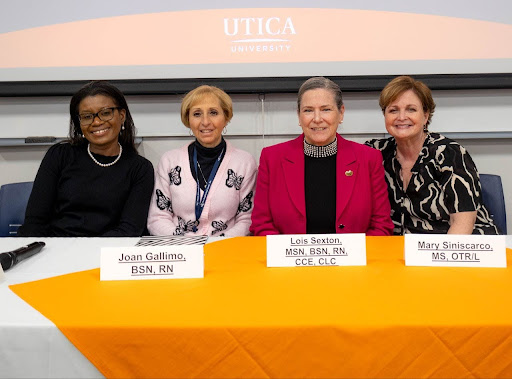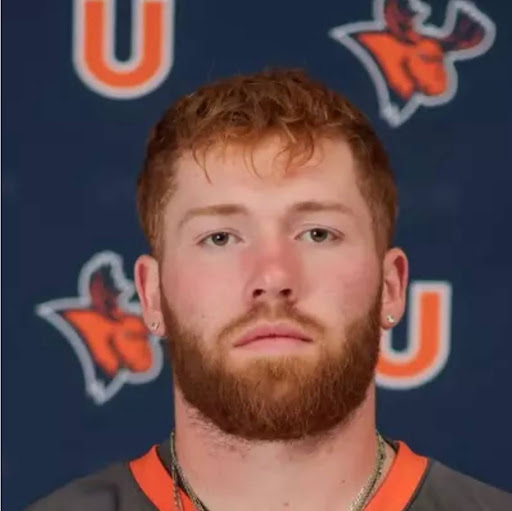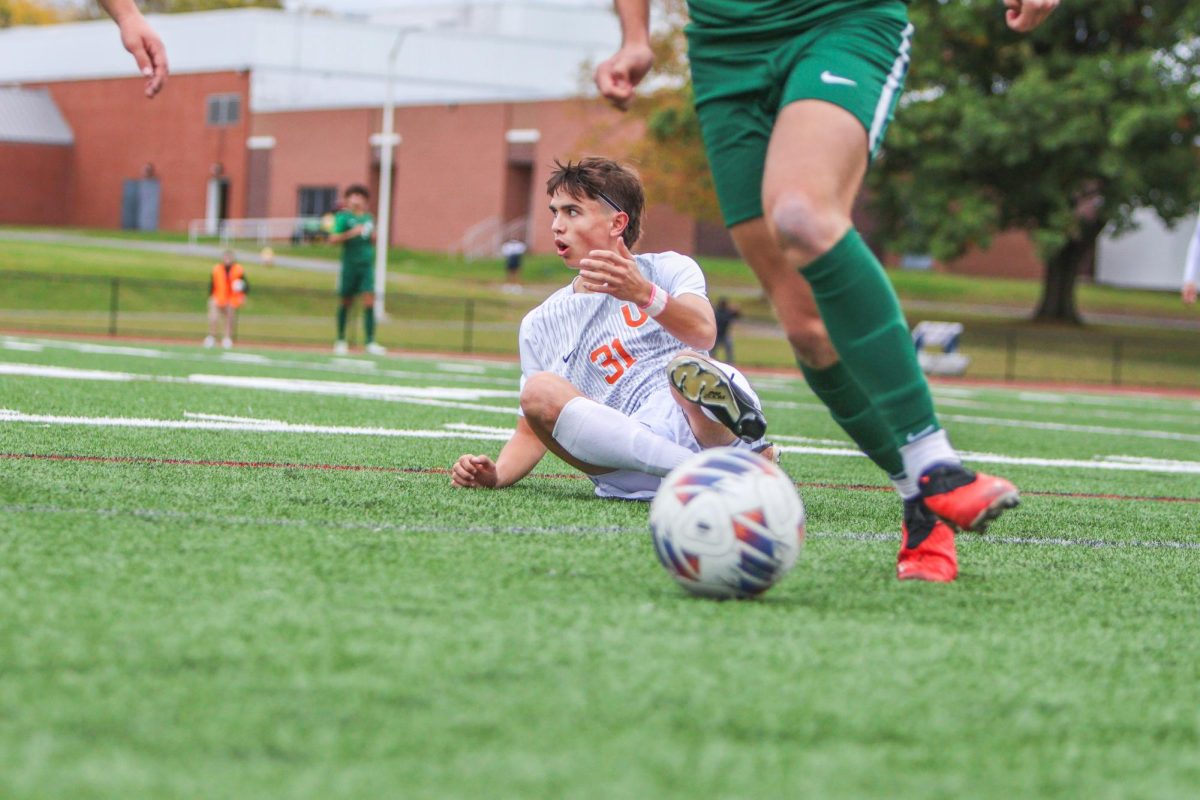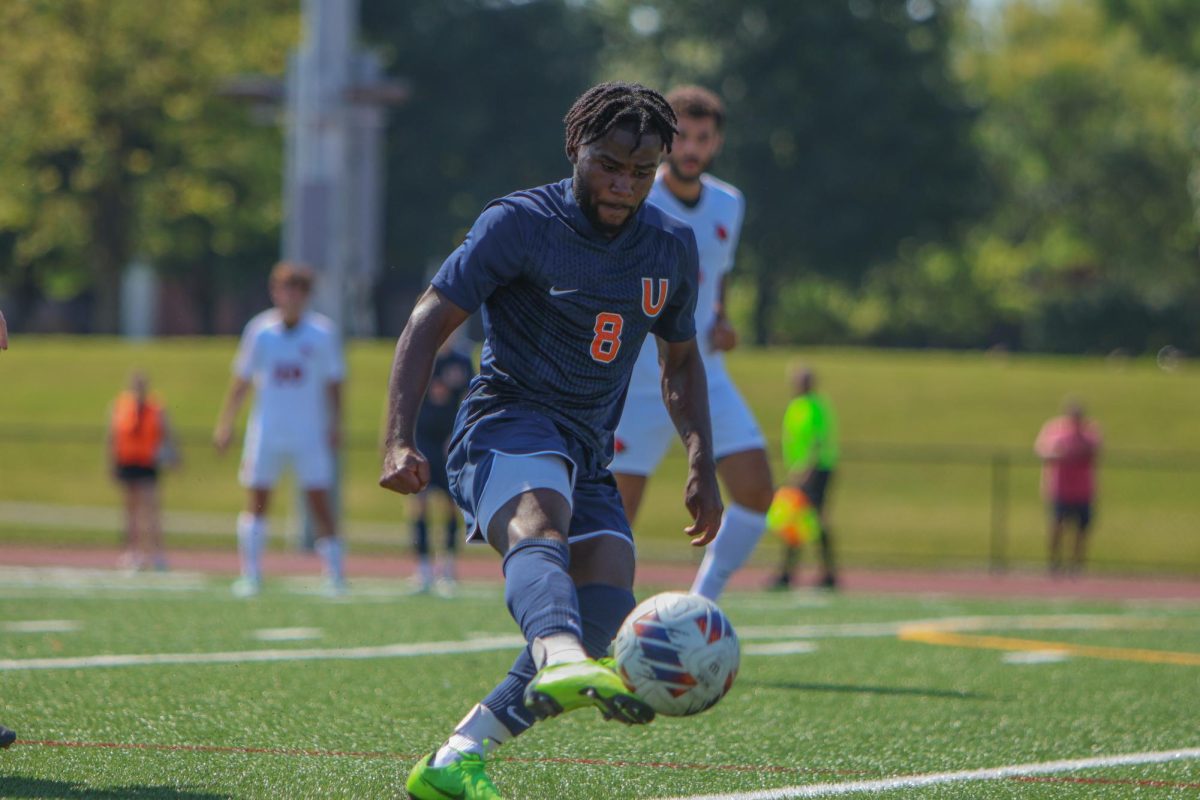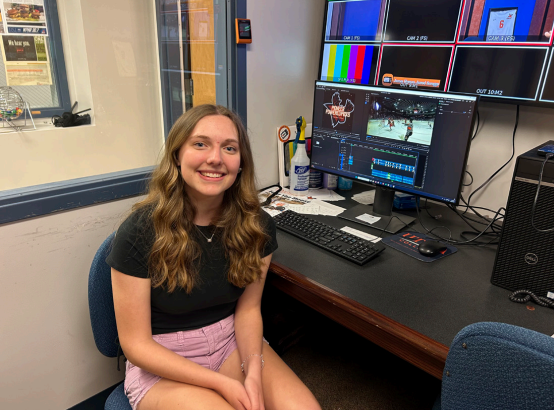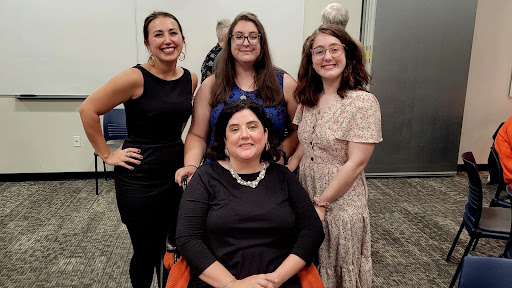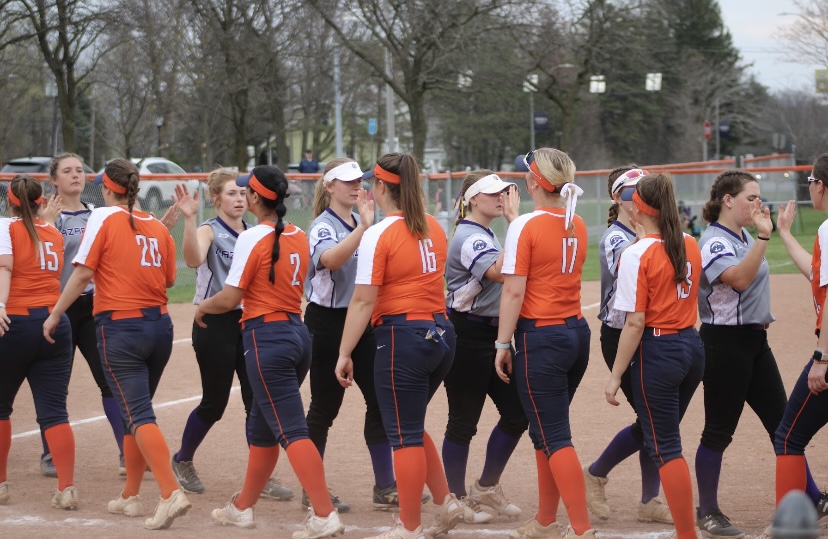
For most upstate New Yorkers, frigid winter nights just mean a brisk walk from the car to the front door, where they enter a warm home for the evening. For others, the night can be much more stressful especially under extreme weather.
Agencies and experts say there are many factors that cause homelessness during a Code Blue warning, or any extreme weather. Most have no place to go or are mentally unwell and do not know enough to seek shelter. People experiencing homelessness have free will and can’t be forced into a shelter, according to law enforcement, so addressing their needs is complicated.
Code Blue is called when the temperature drops below 32 degrees and becomes unsafe for people to stay outside overnight. This code then prompts emergency shelters to help people get off the street.
“Street Outreach assesses each situation and addresses it as appropriate, (for example) providing transportation to the drop-in center /warming center, shelter or motel, food, clothing, blankets and hygiene kits,” said Lynette Sullivan, program coordinator at Oneida County Department of Family and Community Services. “DFCS also contracts with a local agency to run a low-barrier drop-in/warming center 365 days a year.”
When the code goes out in Oneida County, Utica’s helping hands spring into action to help the homeless.
Multiple organizations such as social services, police departments and homeless resources work together to service those in need. On an average night, 110 individuals are sheltered in Oneida County, according to The Homeless Shelters Directory.
Utica Police Lt. Micheal Curley said the police play a large role in assisting Code Blue efforts by partnering with local social service agencies so issues surrounding police do not arise.
“People who are on the street at that point are unable to care for themselves or are in no condition either of intoxication or some kind of narcotics use that may not be most advantageous to the police to get involved with them at that point,” Curley said. “We really try to work with people preemptively and let them know these services are available. Should the temperatures reach a certain point they should seek them out on their own prior to help from police.”
Curley said this is not a law enforcement issue, emphasizing that it’s “not illegal on its face to be homeless.”
“Extra police involvement in a problem with the homeless community can quickly unintentionally escalate the situation,” Curley said. “That is why they look to resources before intervening.”
Oneida County homelessness spiked after COVID pandemic
According to the City of Utica’s website, homelessness increased by 70% after the pandemic. The significant increase leaves more need for opened beds throughout the year in addition to Code Blue weather.
In 2022, the median household income in Oneida County households was $66,402, according to New York Demographics. Oneida County households made slightly more than Niagara County households ($65,882) and Otsego County households ($65,778). However, 10.3% of Oneida County families live in poverty.
Social service agencies heed the call, but prioritize safety
The Morrow Warming Center, located in Utica’s Cornerstone Community Church, opened its doors during Code Blue to offer the community more resources. The center provides food, laundry services, showers and clothing. It also serves dinner twice a week to people in need. It used to be open seven days a week, but lost its funding and hours are more limited. Overnight beds are not available at this time.
“Everything is pretty full in the winter, so there are still people who sleep outside even during Code Blue,” said Cathy Marsh, the director of the Morrow Warming Center. “ The police station does allow people to go in there and get warm, but often they won’t do that because they may have warrants or are not comfortable with police.”
Most overnight homeless centers are high-barrier shelters to make the environment as safe as possible, taking high-security precautions like using metal detectors or checking bags to ensure safety.
“Some places don’t want people to be high or on any kind of drugs. Some go through their belongings to see if they are carrying any weapons,” Marsh said. “Which most people on the street are because if you’re on the street, you want to protect yourself.”
The Rescue Mission of Utica is an overnight center open all year and enforces high safety barriers by using wands to detect if people are coming in with weapons.
People experiencing homelessness can sit in the breezeway at the Utica Police Department to stay warm during the winter. Curley said they are welcome to sit and sleep; no one will bother them. However, there have been instances of people fighting at this location and had to be dismissed.
“Over the winter, we have had numerous people sleep in our lobbies and things like that,” Curley said. “Rightfully so, a lot of places that take these people have conditions where they cannot be intoxicated, and they can’t have prior bad acts at that place. They can’t be under the influence of anything.”
This is a place where people who are not welcomed or allowed at other shelters may come to stay safe during the winter.
The Morrow Warming Center is a low-barrier shelter during Code Blues. Staff does not require those in need to be sober or drug-free and does not check bags or belongings.
“They were able to come in as themselves,” Marsh said. “We have very low barriers, meaning anyone can stay here in any condition unless they threaten someone’s safety.”
Marsh said part of the Morrow Warming Center’s mission is to help the people who fall through the cracks.
“Most of the people we help are incapable of doing all that’s required. A lot of people don’t understand how hard it is,” Marsh said.
The center takes high risks letting people in. They don’t have security in the center, but all staff is trained in de-escalation tactics. However, the Utica Police Department received many calls regarding the center when it was open overnight. Though they were assisting people in need of help, some neighbors and nearby institutions had concerns. There was an argument between the city and nearby residents and businesses about the homelessness in the area becoming too excessive and dangerous.
The line between dignity and safety
Hope House on South Street in Utica serves three meals a day, seven days a week. The agency shares a similar outlook on treating the community’s needy population.
John Madej, executive director of Hope House, said searching through their belongings is dehumanizing and most probably do have weapons to protect themselves.
Madej said they look to provide the homelessness dignity by not asking anything of them. They are allowed to stay in the dining room all day, but they are strict about not being allowed to stay the night.
“The focus of our mission is to feed people; we are very strict about that. We also hand out toiletries once a month, but that is secondary to our mission,” Madej said.
Hope House feeds 50-80 people for every meal and allows the community to stay in the dining area all day if they would like. He said it creates a sense of community for them, a place to feel safe.
Donations keep services afloat
Madej said money is a driving factor in the resources the community can provide to people experiencing homelessness in Utica.
“We get less than five percent of our revenue from the government,” Madej said. “Everything else is private donations, and that includes food.”
The remaining revenue to keep the Hope House running is from private donations of money, food and volunteers. There comes a time when both the Morrow Warming Center and Hope House are in need of items to keep their operations going, whether it be donations or food. They ask the community for help because they no longer have the budget to help themselves.
“Every single time, the community is able to come through and give them what they need,” Madej said.
The Hope House director said it simply: if you ask, they will come. There have been times when they just had a conversation in his office about supplies they needed for meals, and the next day, an abundance of what they needed was dropped off.
Dennis Culhane, a professor at the University of Pennsylvania whose primary research is about homelessness in communities without state or government support to keep the community’s resources functional, said the issue of homelessness is something that can be understood best by the local area. The local government and community know the demographics and factors surrounding the housing, education and jobs cause homelessness in their specific geography.
Organizations that help fund services to support the homeless community are starting to understand the importance of communicating with the communities to understand the support systems of the area. Making sure money they are putting into the area is helping make things better and equal for everyone, according to Culhane.
This problem is being addressed within the support system Utica has created, but there is much work to be done between the fight for funding and the battle to get these people to want the help they deserve.
“I don’t know if the lack of availability is the issue, that more is needed. There is certainly a population that is homeless but why are they homeless?,” Curley said. “That is what needs to be addressed and explored, in my opinion.”
































